Ashok Leyland drives digitisation and cost control
- By Bhushan Mhapralkar
- October 08, 2021

Recording a 353 percent increase in the revenue for the first quarter of FY2021-22 at INR 29,510 million in comparison to the revenue generation of INR 6,510 million in the corresponding quarter of FY2020-21, Ashok Leyland is confident of a strong demand emerging post the second Covid-19 wave. Clocking export volumes of 1,437 units in the first quarter of FY2021-22, up 254 percent when compared to the export of 405 units in the first quarter of FY2020-21, the commercial vehicle manufacturer is concentrating on vaccination and the adherence of safety protocols to try and ensure that all its stakeholders stay protected from a potential third wave. Experiencing a 1,041 percent growth in domestic M&HCV volume in the first quarter of FY2021-22, which is almost twice than that of the industry growth volume at 562 percent during the same period, the company has reported a net loss of INR 28,20 million in the first quarter of FY2021-22 as against a net loss of INR 38.90 million in the corresponding quarter of FY2020-21. Selling 8,690 LCVs in the domestic market in the first quarter of FY2021-22, up 224 percent as compared to the sale of 2,686 LCVs in the corresponding quarter last fiscal, Ashok Leyland is closely observing the way the freight rates are shaping up. It is confident that freight rates will improve with higher availability of commercial vehicles once the Covid-19 subsidies and uncertainty fades. “We are hoping for the volumes to grow higher as the market gets better,” mentioned Mahadevan. “July (2021) has been a growth month,” he added. Stressing that they have had eight months of degrowth, Mahadevan said, “Economic growth will induce growth in CVs.”

CV trends
Working on a strategy for a robust domestic and exports growth, the commercial vehicle major is appointing dealers in Africa. Looking at gaining good traction in South East Asia, Ashok Leyland will launch new products in the LCV segment even though not in the immediate quarter. Buoyed by the international markets opening up and experiencing export thrust, the company is said to be testing an electric version of its LCV platform on which the Bada Dost is based in the UK. This vehicle is expected to be launched at the end of this fiscal or in the first half of the next fiscal. Of the opinion that electric vehicles are catching up, especially at the local point of use, on the encouragement of the governments, Mahadevan averred, “It is more to do with buses, but trucks will catch up.” Seeing a trend of petrol commercial vehicles in the low-tonnage segment of sub-1 tonne to 1.5 tonne, Mahadevan drew attention to the push on CNG. “We are ready in the LCV and ICV (segment),” he added. Of the firm belief that diesel vehicles will continue and the IC engine will coexist and not die overnight, Mahadevan said, “We are ready to cater to higher demand.”

Watching closely how freight operators are able to pass on the fuel price hike to their end customers, Ashok Leyland is hoping that bus commute will pick up. A 40,000 units per annum market, according to Mahadevan, buses have been severely affected due to the Covid-19-led disruption. Delivering 40 electric buses to the city of Chandigarh recently (from where it has bagged an order to build and maintain e-buses with quick charging technology), Ashok Leyland is expecting pent-up demand to show up once normalcy returns. Also expecting demand to show up because of the need to ferry people without sacrificing social distancing norms, Mahadevan drew attention to their work towards further strengthening their position in the bus and LCV market segments. With the talk of schools reopening in regions where the Covid-19 infections are down, and the relaxation in Covid-19 norms in some region allowing more employees to return to their offices, bus demand is expected to improve post witnessing a sudden downfall mid-last year. Through the establishment of Switch Mobility, Ashok Leyland is keen to experience a speedier ride in the ‘cleaner and greener’ bus space.
Managing costs and productivity
Eyeing international markets like the US, Europe and Japan, the company, through the Switch Mobility subsidiary, has worked with a few consultants to make sure that its data points and numbers are on par with the current situation. Under Switch Mobility, it is developing new products to present an advantage of unique position in terms of value and premium positioning. For its Switch Mobility subsidiary that includes the erstwhile Optare of UK, Ashok Leyland has managed to get USD 18 million worth of investment from Dana Incorporated (Dana), a US-based manufacturer of drivetrain and e-propulsion systems. To do de-bottlenecking once enough demand is evident, Ashok Leyland, investing sufficiently in terms of capex, is confident of seeing early growth sprouts in LCVs. Therefore, if it were to do immediate capex investment, it would be in LCVs. Discussing with scrappage centres post the announcement of the scrappage policy, Ashok Leyland, the second-largest CV maker in the country, is witnessing good traction from its other business verticals like defence, power solutions and aftermarket. They are contributing to its top line.

With the pace of vaccination picking up and positively setting in, Ashok Leyland is expecting a demand spike in commercial vehicles after the fear of a third Covid-19 wave is over. This, according to Mahadevan, could happen in the second half of this fiscal. Focusing on costs, productivity and middle level management, the commercial vehicle major is also concentrating on reducing its carbon footprint. Apart from announcing strategic steps to move towards net zero carbon mobility through Switch Mobility, Ashok Leyland, said Mahadevan, has formed an ESG committee of the Board. The committee will guide and propel the commercial vehicle manufacturer to achieve its sustainability agenda.
As the world’s largest supplier of defence logistics vehicles, fourth-largest manufacturer of buses and the tenth-largest manufacturer of trucks globally, Ashok Leyland is driving AI-led digital transformation for strong business growth. Establishing a separate group focusing on business analytics called the Analytics Centre of Excellence, the company has invested in a data science team. It has also roped in employees from the business side to help with the information and data. Together, they have been given the responsibility to identify business function challenges being faced and how AI-enabled analytics can help resolve them. Starting roughly a decade ago and applying more thrust since 2016, the digitisation journey of Ashok Leyland has had an influence on efficiency enhancement and business optimisation. It has helped it to generate new revenue stream and build new business models. Rather than simply account for the initial acquisition price of its products, Ashok Leyland, as part of its digitisation strategy, is now participating in the lifecycle costs of its products in terms of spares, service and other value-added offerings. These lifecycle costs predominantly include those that the commercial operator or fleet incurs after he or she has bought the commercial vehicle, and until the end-of-life.
Neolite ZKW Lightings Files For INR 6 Billion IPO
- By MT Bureau
- December 30, 2025

Haryana-headquartered Neolite ZKW Lightings, an automotive lighting manufacturer, has filed a Draft Red Herring Prospectus (DRHP) with the Securities and Exchange Board of India (SEBI) for an initial public offering (IPO).
The IPO comprises a fresh issue of equity shares worth up to INR 4 billion and an offer for sale (OFS) of INR 2 billion by existing shareholders, including Rajesh Jain, Neokraft Global Private and ZKW Group.
The company intends to allocate the net proceeds from the fresh issue to expansion and financial goals. This includes a new greenfield facility at an estimated investment of INR 1.5 billion in Kancheepuram, Tamil Nadu. An estimated INR 790 million towards plant, machinery and electronic expansion at current sites. Furthermore, INR 650 million towards repayment or prepayment of borrowings.
Founded in 1992, Neolite ZKW holds a 34.43 percent market share in India's commercial vehicle lighting segment for FY2025. The company maintains a strategic alliance with the ZKW Group, a subsidiary of LG Electronics.
The company operates three manufacturing units in Bahadurgarh and Pune, serving over 40 OEMs including Tata Motors, Stellantis and Daimler. Its portfolio includes 830 SKUs, with a focus on LED and electric vehicle (EV) lighting solutions.
For FY2025, the company reported INR 5.12 billion in revenue, of which exports contributed 55.08 percent share. The net profit for FY2025 came at INR 528.24 million, as against INR 155.85 million in FY2023. The order book as of 31st October 2025, stands at INR 1.71 billion.
At present, the company exports to over 50 countries, including regions in North America and Western Europe, positioning it as a significant Indian exporter of automotive components.
NHAI And Vertis Infrastructure Deploy Truck Mounted Attenuators For Highway Safety
- By MT Bureau
- December 27, 2025
Officials from the National Highways Authority of India (NHAI) and Vertis Infrastructure Trust have introduced Truck Mounted Attenuators (TMAs) to improve safety in highway work zones. The technology is designed to protect road workers and motorists in high-speed traffic environments.
Work zones currently represent high-risk areas on the Indian road network due to vehicle speeds and limited protective buffering. TMAs serve as a standard safety solution in the US and Europe and are now being scaled across Indian national highway projects.
A truck-mounted attenuator is an impact-absorbing crash cushion fitted to the rear of service vehicles. Its primary functions include:
- Energy Absorption: In a rear-end collision, the unit absorbs the kinetic energy of the impacting vehicle.
- Controlled Deceleration: The system brings the vehicle to a halt in a manner that reduces the risk of fatal injuries to occupants and workers.
- Track Record: Since initial testing on Indian roads in 2021, the technology has been credited with saving more than 100 lives.
The current rollout consists of 20 TMAs. Eight units were inaugurated during the launch event, which included a live demonstration and technical walkthrough. The remaining 12 units are scheduled for delivery within the next ten days.
Ankit Yadav, NHAI, said, “NHAI aims to move towards zero-fatality corridors across national highways. The adoption of technologies such as Truck Mounted Attenuators plays a critical role in improving work-zone safety and reducing avoidable loss of life.”
Dr. Zafar Khan, Joint Chief Executive Officer, Vertis Infrastructure Trust, said, “Our effort has always been to bring practical, globally proven safety solutions to Indian roads. Reaching the TMA stage is about protecting people working in some of the most vulnerable conditions on highways.”
The initiative forms part of a broader strategy to integrate safety technology into India's infrastructure growth, prioritising the reduction of accidents in active construction and maintenance zones.
- Maruti Suzuki India
- MIT Institute of Design
- Association of Designers of India at VIT
- Strate School of Design
- Hisashi Takeuchi
- Design Challenge
Maruti Suzuki India Concludes First Design Challenge For Students
- By MT Bureau
- December 26, 2025

Maruti Suzuki India, the country’s largest passenger vehicle manufacturer, has completed its first Design Challenge, a competition involving more than 400 students from 70 design institutes. Participants were tasked with designing a compact car, focusing on mobility solutions for the Indian market.
Teams from the MIT Institute of Design (Pune), the Association of Designers of India at VIT (Vellore) and the Strate School of Design (Bengaluru) secured the top three positions. The winning teams received cash prizes and six-month internships with the Maruti Suzuki design department.
The competition consisted of four evaluation rounds. The initiative is intended to provide students with exposure to the automotive industry and professional design environments.
The top 3 teams were awarded internships to work alongside company designers on future models. The next 7 teams received gift vouchers and potential internship opportunities pending further assessment. The challenge included students from both Indian and global design institutions.
Hisashi Takeuchi, Managing Director & CEO, Maruti Suzuki India, said, “India is a land of immense talent and innovation, with creativity thriving across every field. At Maruti Suzuki, we were already engaging with young start-ups to find mobility solutions. With the Maruti Suzuki Design Challenge, we expanded our open innovation efforts to provide a suitable platform to young designers where they gain real-world industry experience in automobile design. As design plays a pivotal role in shaping customers’ decision-making, it is vital to engage with young minds who bring fresh perspectives and challenge conventional thinking. The Maruti Suzuki Design Challenge reflects our commitment to cultivate automotive design talent and co-create future-ready mobility solutions with young India.”
The project forms part of the company's ‘open innovation’ strategy, seeking to integrate external perspectives into its vehicle development process.
Ola Electric Receives INR 3.66 Billion In PLI-Auto Incentive For FY2025
- By MT Bureau
- December 25, 2025
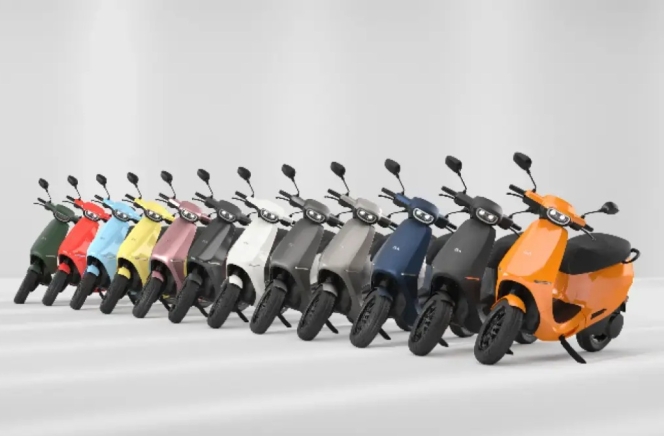
Bengaluru-based electric vehicle maker Ola Electric has received a sanction order from the Ministry of Heavy Industries for incentives totalling INR 3.66 billion. The payment is granted under the Production Linked Incentive (PLI) Scheme for Automobile and Auto Components for FY2024-25.
The incentive relates to the Determined Sales Value for the period and will be disbursed through IFCI, the financial institution appointed by the government for the scheme.
The PLI-Auto Scheme is an initiative by the Government of India designed to increase domestic manufacturing and the adoption of advanced automotive technologies. Ola Electric’s eligibility for the claim is based on its vertical integration and localisation of electric vehicle (EV) components.
“The sanction of INR 3.66 billion under the PLI-Auto Scheme is a strong endorsement of Ola Electric’s manufacturing capabilities and our commitment to building world-class EV technology in India. This incentive recognises our sustained efforts in scaling domestic production, deepening localisation, and driving innovation across the electric mobility value chain. We remain committed to supporting the Government of India’s vision of making India a global hub for advanced automotive manufacturing and clean mobility,” said the company in a statement.


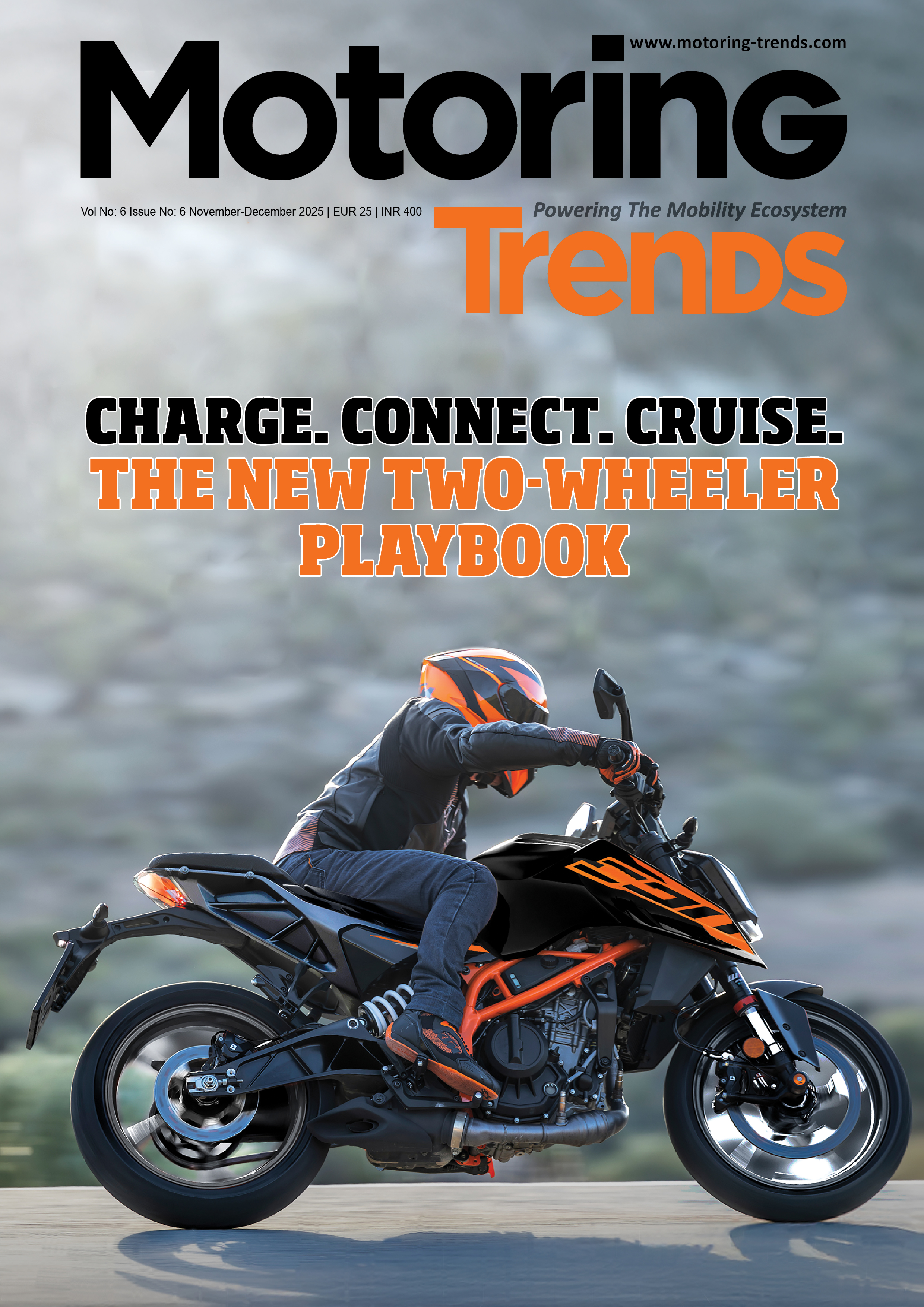
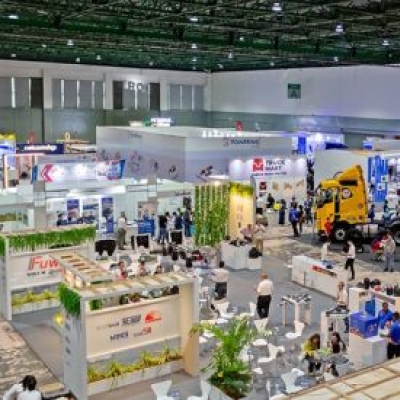
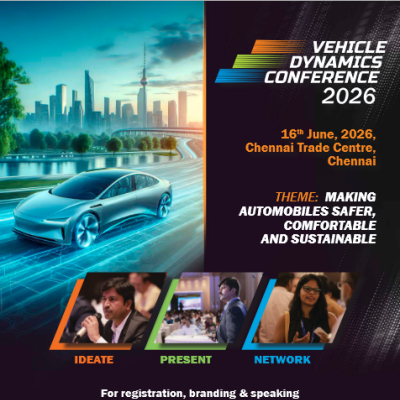
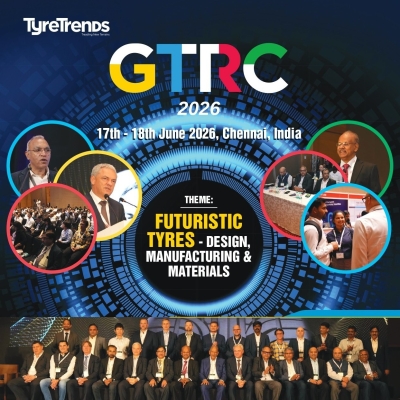
Comments (0)
ADD COMMENT